May 30, 2025 | 06:59 GMT +7
May 30, 2025 | 06:59 GMT +7
Hotline: 0913.378.918
May 30, 2025 | 06:59 GMT +7
Hotline: 0913.378.918
According to statistics from the General Department of Vietnam Customs, Vietnam's tea exports in September 2024 reached 13,090 tons, worth USD 23.12 million, increasing by 21.3% in volume and 22.5% in value compared to September 2023. The average tea export price in September 2024 reached USD 1,766/ton, up 0.9% compared to September 2023.
In the first 9 months of 2024, Vietnam's tea exports reached 105,840 tons, worth USD 185.65 million, up 29.5% in volume and 31.9% in value over the same period in 2023. The average tea export price in the first 9 months of 2024 reached USD 1,754/ton, an increase of 1.8% over the same period in 2023.
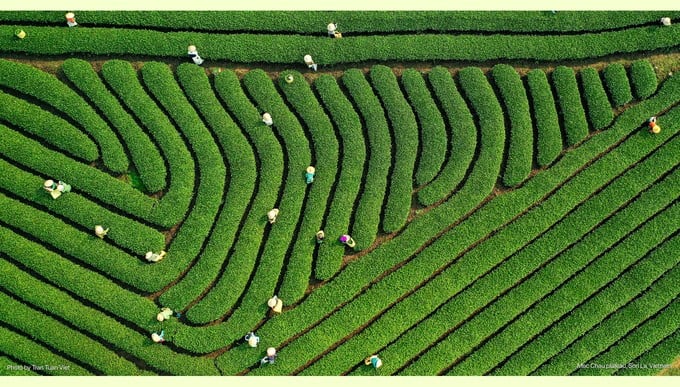
Vietnam's tea exports in the first 9 months of 2024 reached 105,840 tons, worth USD 185.65 million. Photo: Tuan Viet.
However, in September 2024, Vietnam's tea exports to most markets decreased compared to August 2024. Specifically, tea exports to Pakistan decreased by 21.5% in volume and 22.4% in value; Taiwan decreased by 33.3% and 32.2%; Indonesia decreased by 2.5% and 16%; the US decreased by 51.3% and 58.8%; Malaysia decreased by 43.8% and 48.2%, etc.
On the contrary, tea exports to the Chinese market increased sharply by 245.6% in volume and 108.8% in value over the same period in 2023, reaching 10,470 tons, worth USD 14.94 million.
According to statistics from the General Administration of Customs of China, tea imports (HS 0902) of the Chinese market in the first 8 months of 2024 reached 35,060 tons, worth USD 100.83 million, sharply increasing by 38.8% in volume and 9.4% in value compared to the same period in 2023.
Of which, green tea imports increased sharply by 106% in volume and 61.8% in value, reaching 7,400 tons, worth USD 11.88 million. Black tea imports reached 27,660 tons, worth USD 88.96 million, up 27.7% in volume and 4.8% in value.
Notably, the amount of tea imported from Vietnam to China rose more than 6 times compared to the same period in 2023, reaching 8,430 tons, putting Vietnam to surpass many markets such as Sri Lanka, India, Myanmar, Burundi, and Taiwan to become the largest tea supplier to China in the first 8 months of 2024. Specifically, Vietnamese tea accounted for 24.1% of the total amount of tea imported into China, a sharp increase from 5.2% of the same period in 2023.
However, in terms of value, Vietnam only ranked second, reaching USD 12.24 million, accounting for a proportion of 12.1%, much lower than the 39.6% of the largest supply market, Sri Lanka.
In addition to Vietnam, in the first 8 months of 2024, China also increased tea imports from many other markets, such as Kenya (up 345.1% in volume and 212% in value); Uganda (up 16.4% and 62.3%); and Argentina (up 122.2% and 92.7%).
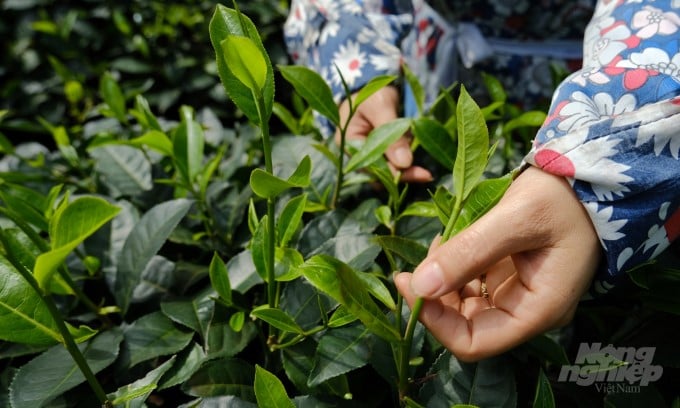
Vietnam has much potential to boost tea exports to China and other global markets. Photo: VAN.
In contrast, China reduced tea imports from some markets, such as India (down 15.9% in volume and 18.2% in value), Indonesia (down 14.4% and 6.4%), and Burundi (down 35.4% and 42.1%).
Tea is one of the most popular drinks worldwide. In 2022, approximately 6.9 billion kg of tea was consumed globally, of which nearly a third was produced in China.
China is supposed to be the birthplace of tea, which is used for medical reasons. For centuries, tea has been considered China's national drink and has played an important cultural, social, and even religious role.
China has a centuries-old tradition of tea production and consumption. The total area of tea plantations, mainly located around the Yangtze River and other Southern regions, reached about 3.39 million hectares by the end of 2022. Green tea, which does not undergo fermentation, is produced and consumed the most in China. China's top five tea-producing provinces are Yunnan, Guizhou, Sichuan, Hubei, and Fujian. China is not only the world's largest tea producer but also the leading exporter, supplying more than 350,000 tons/year to the world market.
Although the tea growing area in China is very large, the harvest yield is not high, while people’s demand is huge. Therefore, this country still has to increase tea imports from other markets, including Vietnam. Therefore, Vietnam has much potential to boost tea exports to China and other global markets.
Translated by Thu Huyen

(VAN) Reciprocal tariffs are exerting pressure on U.S. exports, prompting Vietnamese firms to shift their focus to Muslim markets, Thailand, and Brazil.
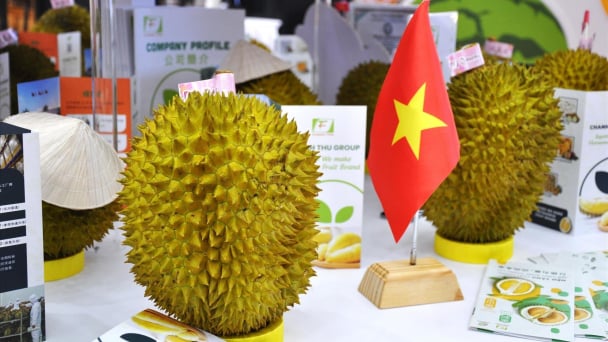
(VAN) A free booth for two years at Xinfadi, Beijing's largest wholesale market, will be allocated to Vietnam's agricultural products.

(VAN) Vietnamese shrimp exporters are actively looking for alternative markets and accelerating shipments to the United States in response to the pressure of impending reciprocal tariffs. This is occurring during a temporary tariff suspension.
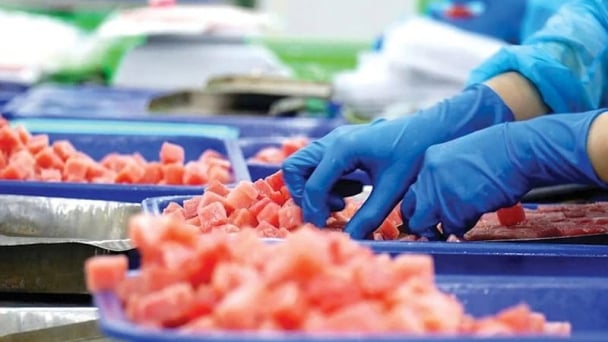
(VAN) The import-export turnover between Vietnam and Singapore rose amid a trade rebound, with machinery, electrical equipment, and fuels making up the majority of the transaction value.

(VAN) Director General of the General Administration of Customs of China, Ms. Sun Mai Jun, has pledged to implement measures that will ease the import process for Vietnamese agricultural products.
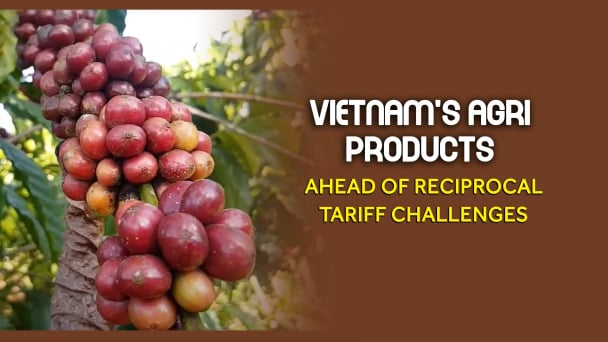
(VAN) Although Vietnam is still increasing its coffee exports, the industry is currently in the process of determining market strategies in response to the U.S. imposition of reciprocal tariffs.

(VAN) With rising demand in Muslim-majority countries, Halal certification is becoming a critical passport for Vietnamese agricultural products seeking sustainable market access and consumer trust in the Middle East and Africa.